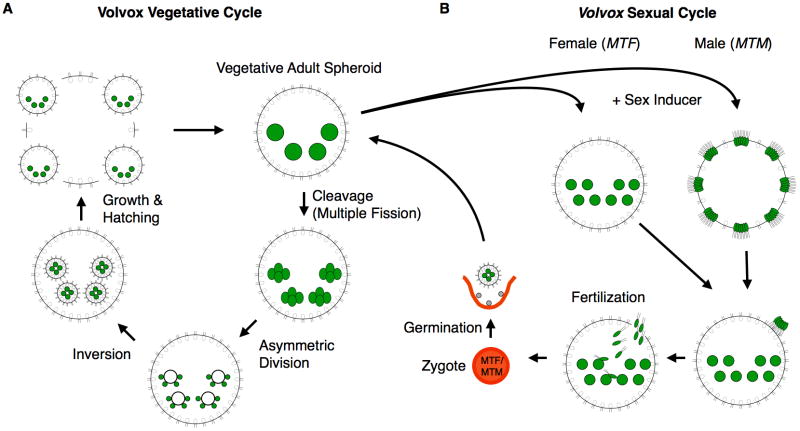Fig. 5. Vegetative and sexual developmental in Volvox.
(A) The Volvox vegetative life cycle for males and females is identical and begins with a mature adult (upper right) whose gonidia (large green cells) undergo cleavage to begin embryogenesis. During the sixth cleavage cycle asymmetric division occurs and leads to production of 16 large anterior cells that are destined to form the germ cells in the next generation. After a total of 12 cleavage cycles the ~2000-celled embryo undergoes inversion to place the gonidial precursors inside the spheroid and the flagella of the somatic cells pointing outside in their final adult configuration. After a period of growth the daughter spheroids hatch and continue to grow and mature into adults that can restart the vegetative cycle. (B) Sexual development begins when immature gonidia are exposed to sex-inducer protein. Their subsequent embryogenesis is then altered to produce egg-bearing females or sperm-packet-bearing males (Hallmann et al., 1998; Ferris et al., 2010). Females contain 32–48 eggs and ~2000 somatic cells, while males contain 128 somatic cells and 128 packets of 64–128 sperm. Sperm packets are released whereupon they swim as a single unit until they encounter a sexual female. Upon interacting with a sexual female the sperm packet dissolves into individual cells that enter the female ECM through a fertilization pore and swim until an individual sperm encounters and fuses with an egg to form a diploid zygote. When a Volvox zygospore germinates, only one of the four meiotic products survives and differentiates into a new vegetative spheroid.

